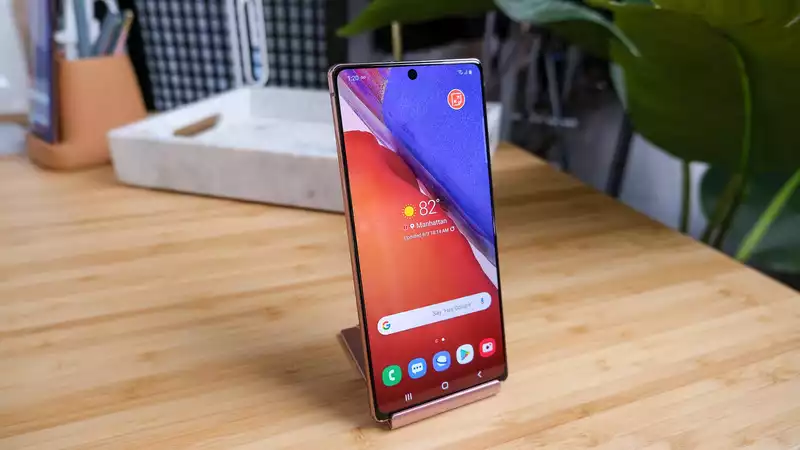Samsung unveiled a slew of new products at yesterday's Samsung Unpacked event, from the Galaxy Z Fold 2 and a pair of Galaxy Tab S7 tablets to the Galaxy Buds Live and the new Galaxy Watch 3. But the Galaxy Note 20 Ultra was the real star of the show, while the regular Galaxy Note 20 clearly was not.
Make no mistake: the $999 6.7-inch Galaxy Note 20 has a lot to offer, including a triple rear camera, new S Pen action, and deep integration with Microsoft services like Xbox Game Pass. However, once one examines the differences between the Note 20 and Note 20 Ultra, the former begins to feel like an afterthought.
It used to be that if you bought a Galaxy S, Galaxy Note, or iPhone-branded device, you were getting the absolute best mobile hardware offered that year. Then, a few years ago, tech companies introduced larger plus-sized products to accommodate those who wanted wider screens and longer battery life.
Eventually, luxuries such as an extra camera lens and more RAM became available only on the larger models, and the Note 20 and Note 20 Ultra are now ostensibly two very different devices, one a reflection of the past, the other a vision for the future. It has come to this.
Trouble is, the two models diverge dramatically in this new generation, with most of the features Samsung touted at the press conference belonging only to the $1,299 Note 20 Ultra, making the regular Note 20 feel like a "Lite" model by another name. In particular, the 120Hz LTPO display, improved 9ms S Pen latency, expandable storage support, primary 108MP camera, and 12GB of RAM are all absent from the $999 version.
This is everything you lose by choosing the Galaxy Note 20 over the Note 20 Ultra:
The only good thing the two Note 20 models have in common is Qualcomm's Snapdragon 865 Plus processor. This chip is the best performing Android phone of 2020 and has already offered much promise in Asus' ROG Phone 3. It deserves praise for that.
But smartphones these days are more than silicon. In some ways, I prefer the Galaxy Note 10 to the Note 20. The new Note has only one type of storage, 128GB, and you can't insert a microSD card when you need more. Last year's Note 10 didn't have expandable storage as well, but at least it came standard with 256GB, which was much more secure. And if you are already spending four figures on a phone, I would argue that peace of mind should come standard. What good is a cell phone that can shoot 8K video if it can only record 20 minutes before running out of capacity?
For me, the Galaxy Note 20 line begins and ends with the Note 20 Ultra; at $1,299, this model has clearly received the bulk of Samsung's care and innovation. Sure, every notebook you choose has the same processor, but the truly groundbreaking features that make Samsung's mobile technology stand out from its rivals - the adaptive 120Hz display, crazy high pixel main camera, and 5x optical zoom - are all exclusive to the Ultra. The regular Note 20 can't answer them; at $1,000, it just promises more of the same.










Comments